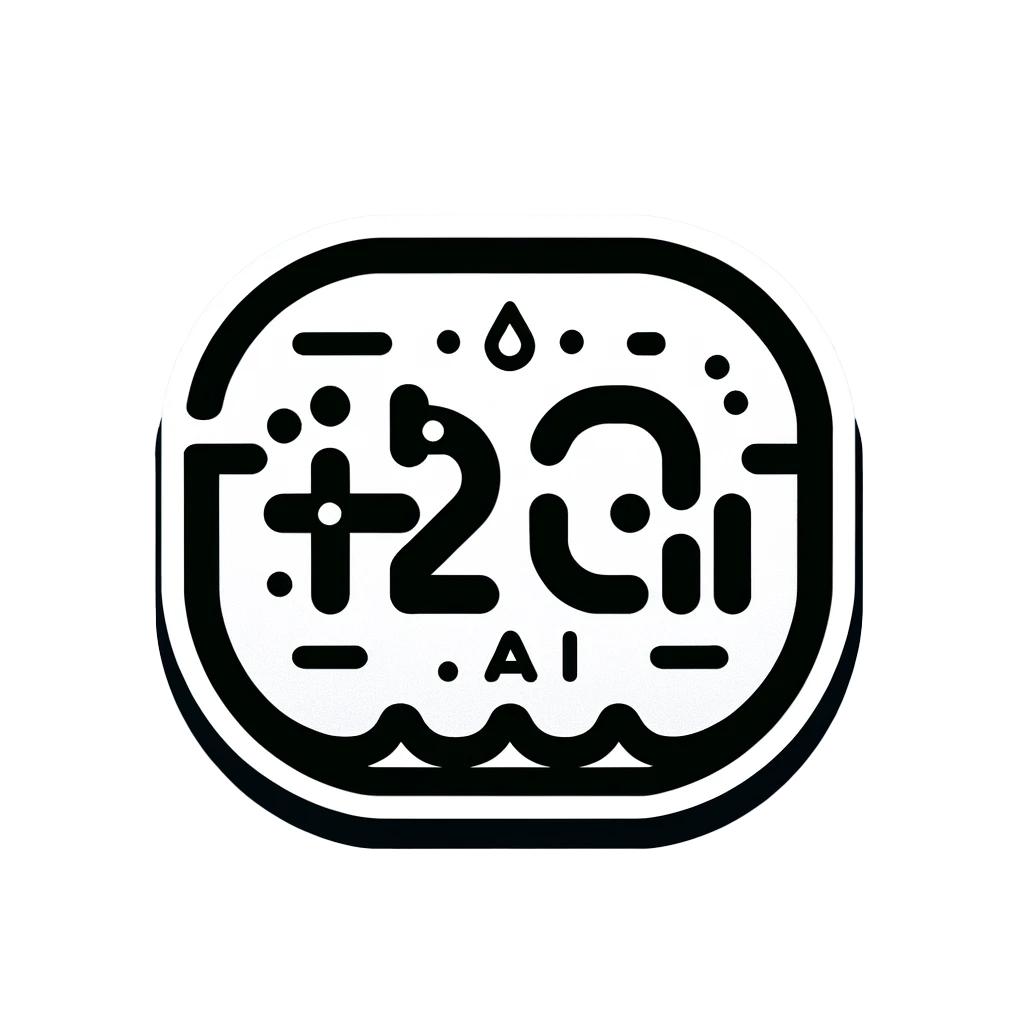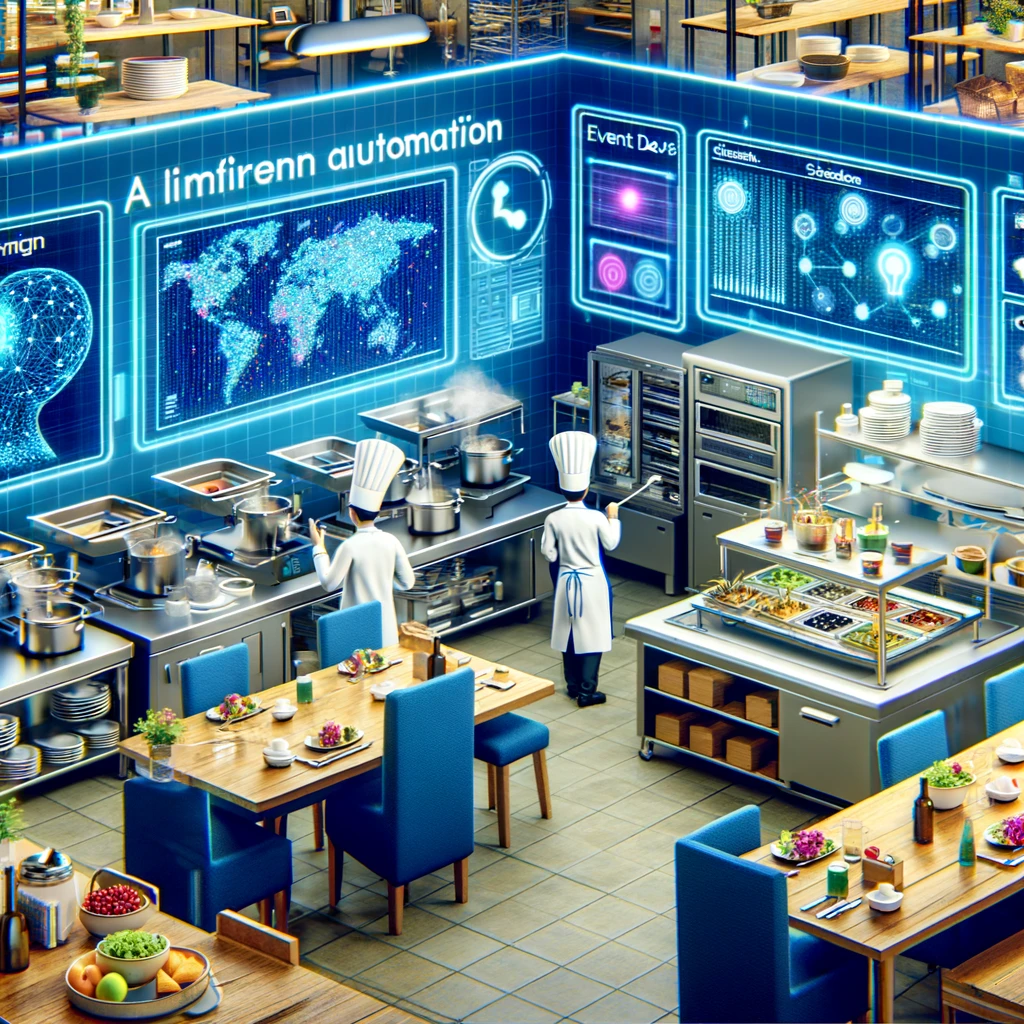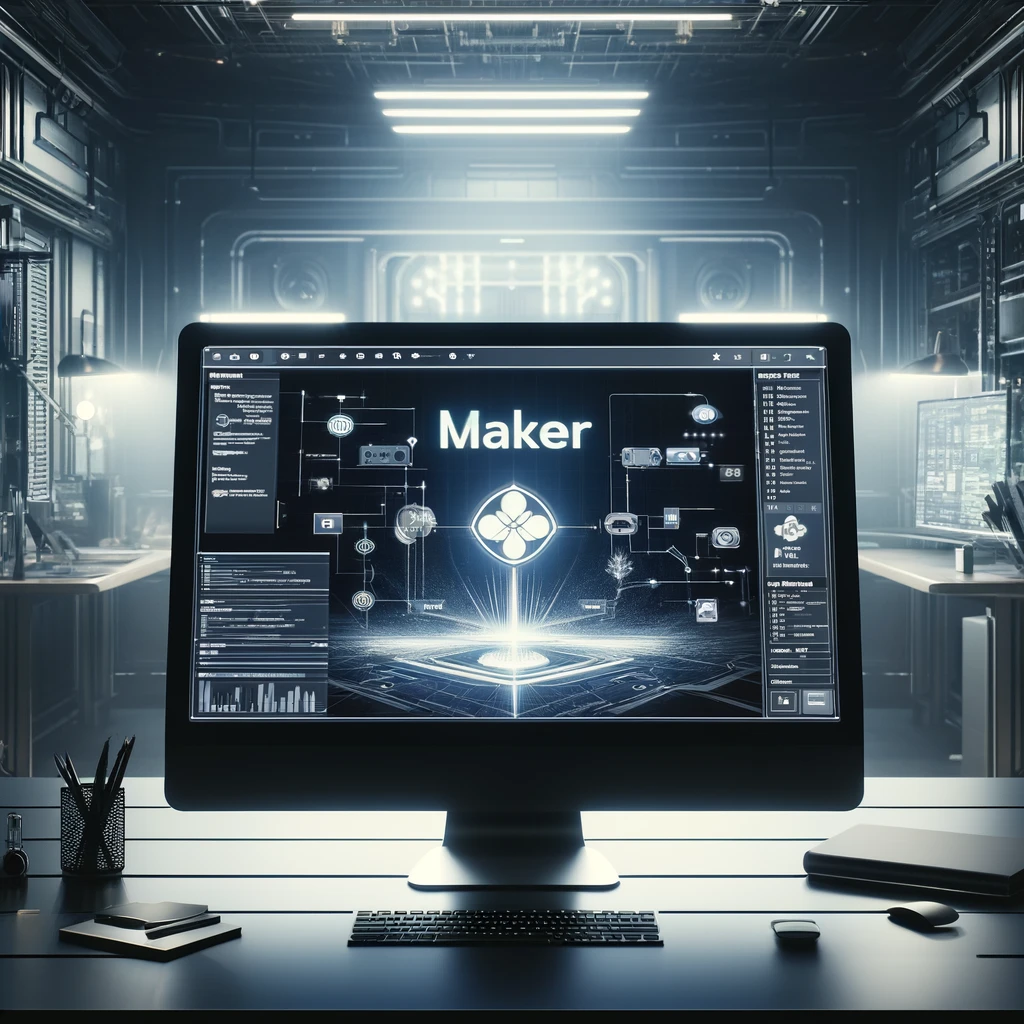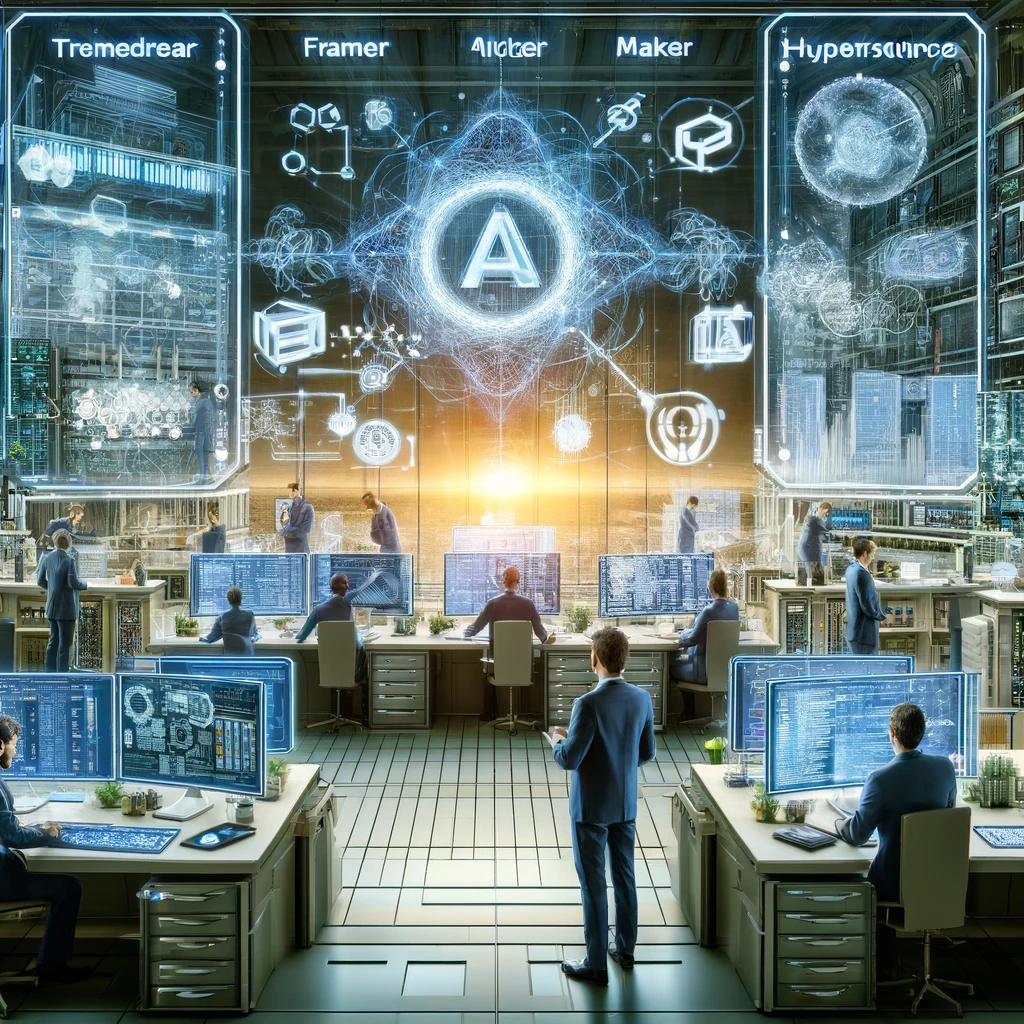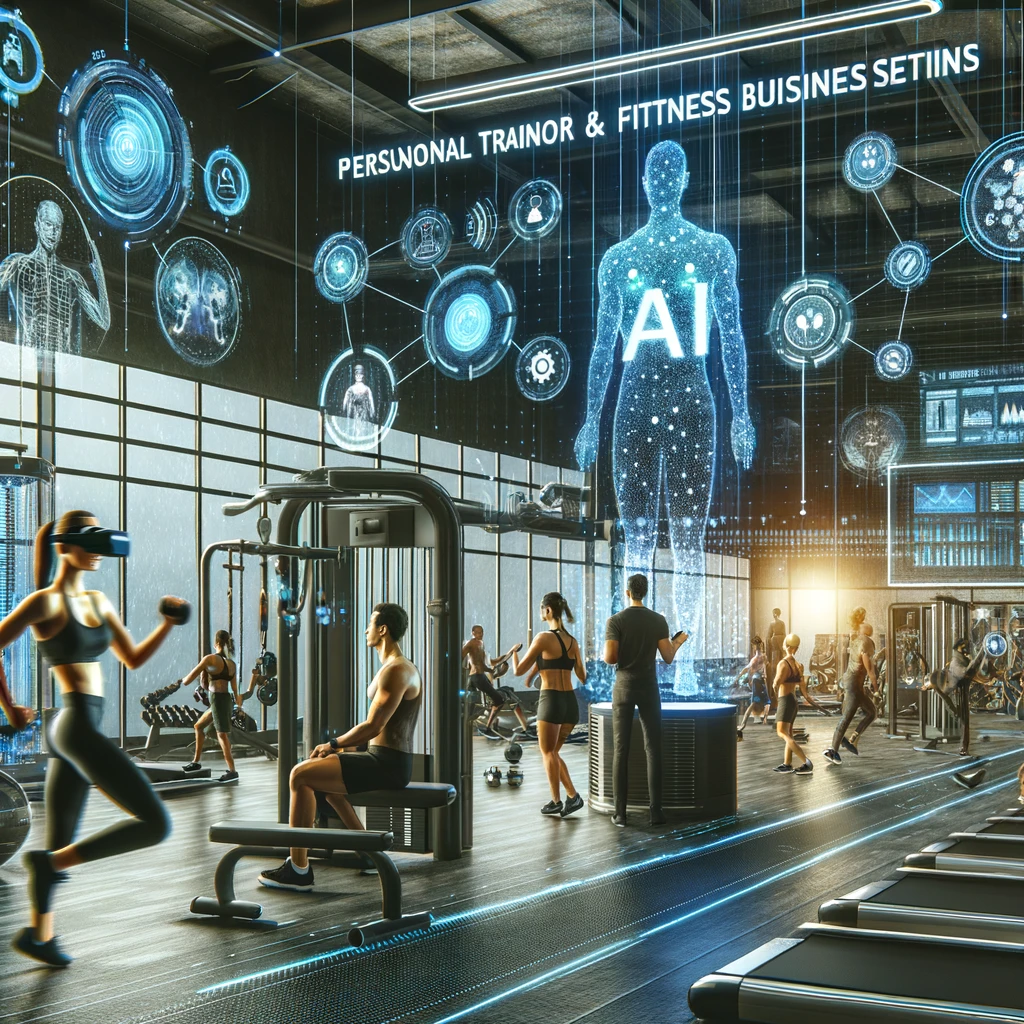In the competitive catering industry, efficiency and precision are key to maximizing profitability and client satisfaction. Integrating AI-driven automation into your catering operations can transform how you manage events, handle customer interactions, and streamline kitchen processes. This guide provides a detailed roadmap for catering businesses to implement AI technologies, enhancing their service quality and operational efficiency.
Step 1: Automate Event Booking and Client Management
Objective: Simplify the booking process and improve client management.
Implementation:
- Deploy a Custom GPT for Client Interactions: Implement a chatbot powered by a custom Generative Pre-trained Transformer (GPT) to handle inquiries and bookings. This AI can provide immediate responses to client queries on menus, availability, and pricing.
- CRM Integration: Use AI to enhance your Customer Relationship Management (CRM) system, automating the collection and analysis of client preferences and feedback, which can be used to tailor services for repeat customers.
Benefits:
- Streamlined booking process.
- Enhanced personalization of client experiences leading to higher satisfaction and retention.
Step 2: Optimize Menu Planning and Recipe Development
Objective: Utilize AI to develop and optimize menus based on client preferences and past event success.
Implementation:
- AI-Powered Menu Suggestions: Leverage AI tools to analyze historical data on popular dishes and client feedback to suggest menu items that are likely to be successful.
- Cost and Waste Reduction: Use AI to adjust ingredient quantities based on the number of guests, minimizing waste and reducing costs.
Benefits:
- More efficient ingredient usage.
- Tailored menus that appeal to client tastes and dietary preferences.
Step 3: Enhance Food Preparation and Kitchen Workflow
Objective: Improve kitchen efficiency and food quality.
Implementation:
- Automated Inventory Management: Implement an AI system that predicts inventory needs based on upcoming events and monitors stock levels in real-time.
- Robotics in the Kitchen: Incorporate AI-driven cooking appliances that can automate time-consuming tasks like chopping, mixing, or even cooking, maintaining consistency in food quality.
Benefits:
- Reduced manual labor and operational costs.
- Consistent quality and quicker food preparation.
Step 4: Streamline Logistics and Event Setup
Objective: Ensure timely and efficient event setup and logistics.
Implementation:
- Route Optimization: Use AI to plan delivery routes and schedules, considering traffic patterns and event timings to ensure on-time delivery.
- Event Layout Planning: Utilize AI tools to help visualize event layouts and plan setup arrangements based on the venue and client requirements.
Benefits:
- Reduced transportation costs and delays.
- Optimized event setups tailored to specific venues and client needs.
Step 5: Implement Smart Billing and Payment Processing
Objective: Automate the billing process and enhance payment security.
Implementation:
- Automated Billing Systems: Integrate AI to automatically generate and send invoices based on contracted services and actual event consumption.
- Secure Payment Gateways: Employ AI-driven security measures to protect financial transactions and client data.
Benefits:
- Faster payment processing.
- Increased financial security and reduced billing errors.
Step 6: Leverage AI for Marketing and Client Engagement
Objective: Use AI to drive marketing efforts and enhance client engagement.
Implementation:
- Predictive Analytics for Marketing: Deploy AI tools that analyze market trends and client data to craft personalized marketing campaigns.
- Social Media Interaction: Use AI to manage social media profiles, automatically posting updates and interacting with users to boost engagement.
Benefits:
- More effective, data-driven marketing strategies.
- Increased engagement on social media platforms leading to higher conversion rates.
Conclusion
Adopting AI automation within a catering business not only streamlines operations but also enhances client interactions and service delivery. By following these six steps, caterers can reduce manual labor, cut costs, and provide a consistently high level of service that stands out in a crowded market. As AI technology continues to evolve, its integration into catering operations will become more refined, offering even greater benefits and efficiencies.
